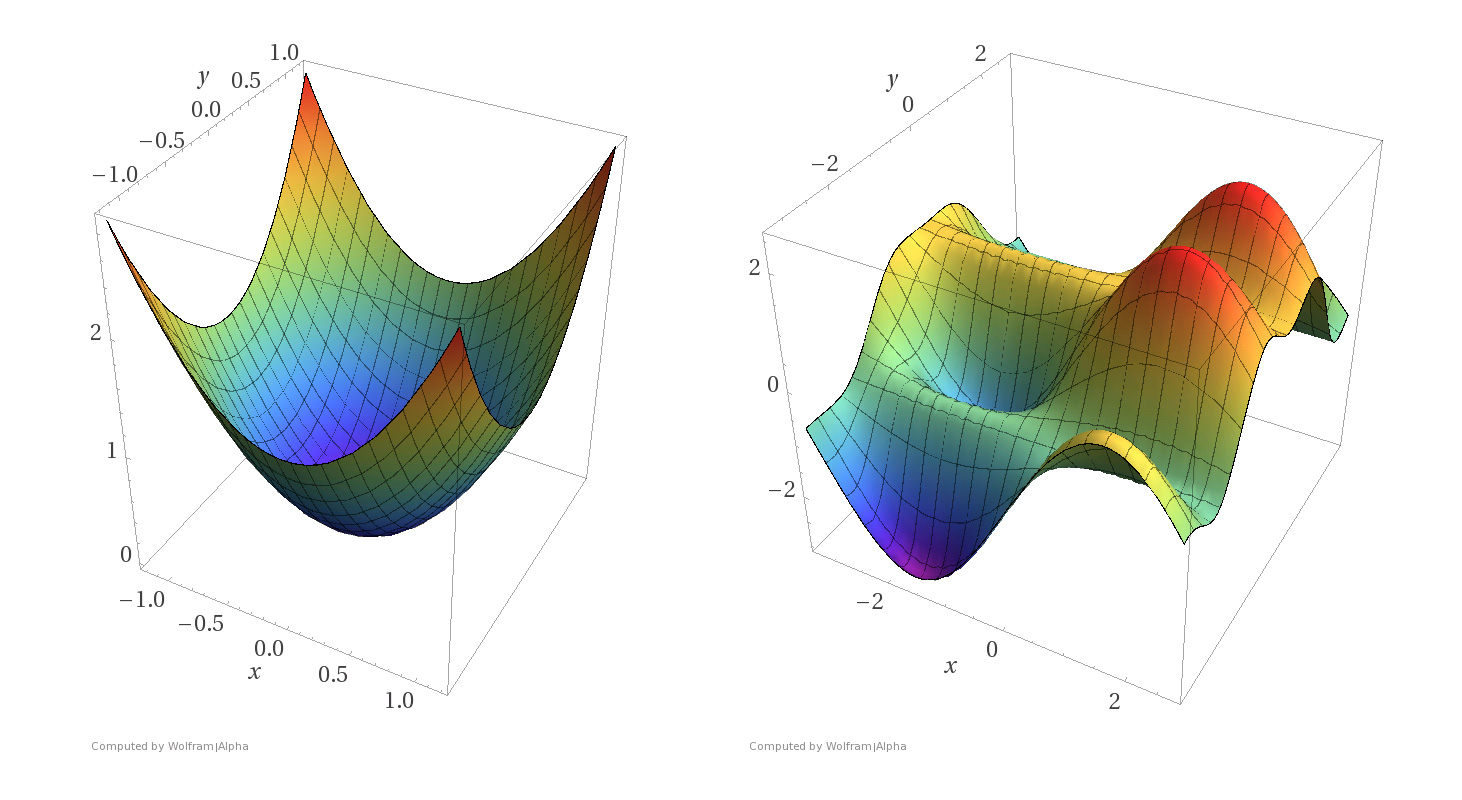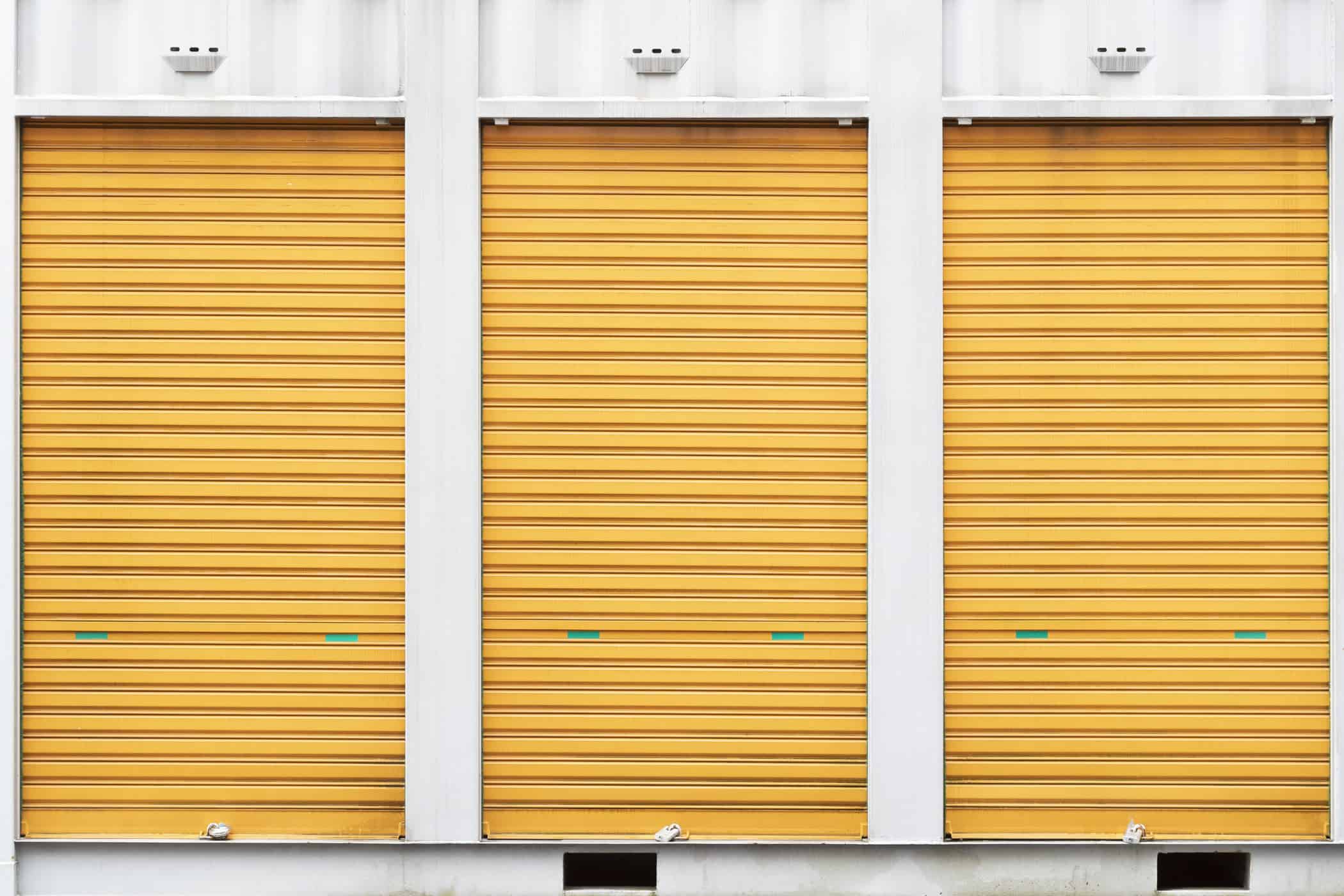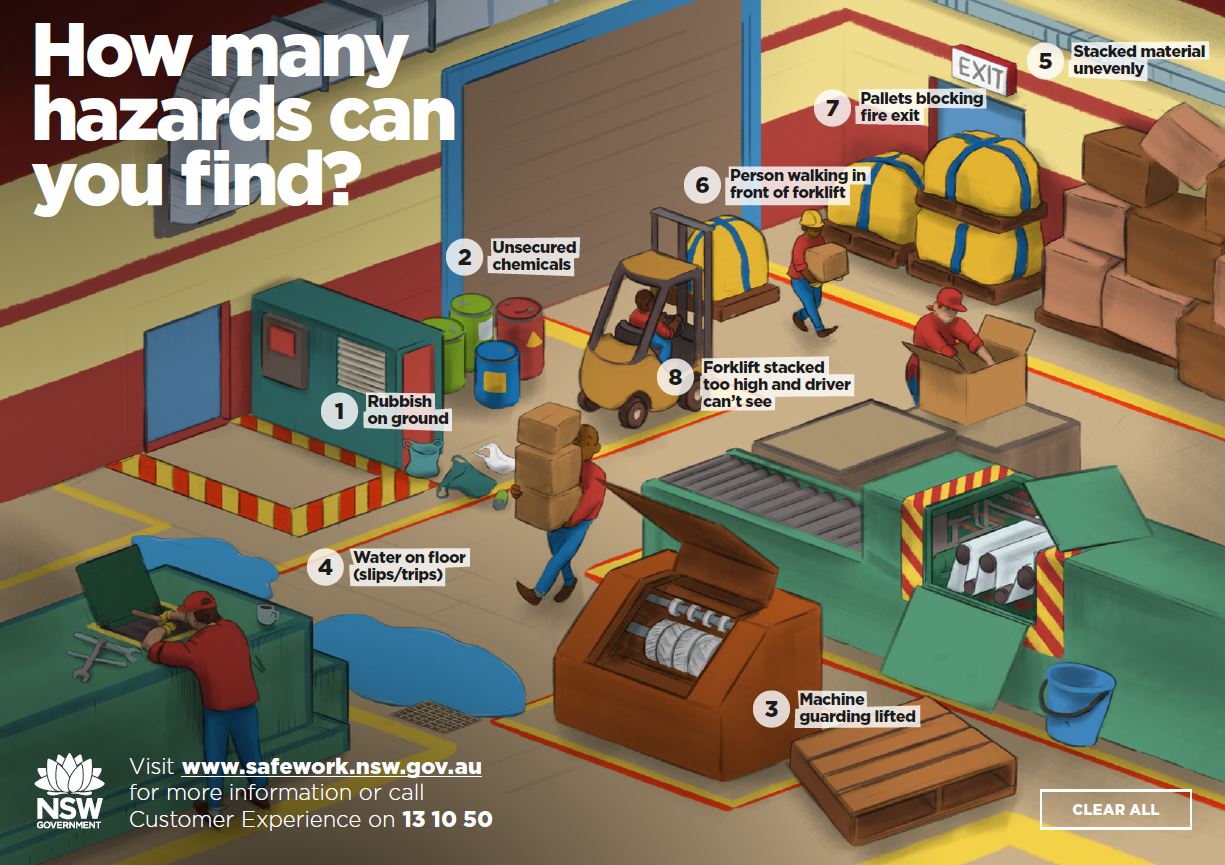1. Space Optimization
The layout and design of a kitchen can greatly impact the functionality and flow of the space. One of the main advantages of a well-designed kitchen is the optimization of space. This means that every inch of the kitchen is utilized efficiently, allowing for maximum functionality and ease of movement.
With clever storage solutions and strategic placement of appliances and work areas, a well-designed kitchen can make even smaller spaces feel more open and spacious. This is especially beneficial for those with limited kitchen space, as it allows for more storage and work areas without sacrificing functionality.
Some ways to optimize space in a kitchen include incorporating built-in cabinets and shelves, utilizing vertical space with tall cabinets, and installing a kitchen island for additional counter and storage space.
2. Functionality
A kitchen is not just a place for cooking, it is also a space for socializing, entertaining, and spending time with family and friends. A well-designed kitchen takes into consideration both the practical and social aspects, making it a highly functional space.
By optimizing the layout and incorporating features such as a kitchen island, ample counter space, and storage solutions, a functional kitchen allows for easy movement and efficient use of the space. This is especially important for those who enjoy cooking and need a well-organized and functional space to work in.
In addition, a functional kitchen can also increase the resale value of a home, as it is a highly sought-after feature for potential buyers.
3. Aesthetics
A beautiful and well-designed kitchen can be a source of pride and joy for homeowners. It is often the focal point of a home and can greatly impact the overall aesthetic of the space.
From the choice of materials and colors to the layout and design, a well-designed kitchen can enhance the visual appeal of a home. It can also reflect the personal style and taste of the homeowner, making it a unique and personalized space.
With the right design and aesthetic, a kitchen can also create a warm and inviting atmosphere, making it a space that is not only functional but also enjoyable to spend time in.
4. Customization
One of the main advantages of kitchen design is the ability to customize the space according to the specific needs and preferences of the homeowner. This means that you can create a kitchen that is tailored to your lifestyle and cooking habits.
From the layout and storage solutions to the choice of appliances and materials, a well-designed kitchen allows for endless customization possibilities. This can also be beneficial for those with unique or specific dietary needs, as the kitchen can be designed to accommodate these requirements.
Customization also allows for the incorporation of personal touches and design elements, making the kitchen a reflection of the homeowner's personality and style.
5. Storage Solutions
A well-designed kitchen takes into consideration the need for ample and efficient storage solutions. This is especially important for those with smaller kitchen spaces, where storage can be limited.
By incorporating built-in cabinets, shelves, and other storage solutions, a kitchen can be kept organized and clutter-free. This not only makes the space more functional but also visually appealing.
Some popular storage solutions in kitchen design include pull-out pantry shelves, deep drawers, and corner cabinets that utilize all available space.
6. Cost Efficiency
While kitchen design may seem like an expensive endeavor, it can actually be a cost-efficient option in the long run. A well-designed kitchen can help save money on energy bills, as efficient appliances and lighting can be incorporated into the design.
In addition, a functional and well-organized kitchen can also help save money on food waste, as storage solutions can prevent food from spoiling and being thrown away.
Furthermore, a well-designed kitchen can add value to a home, potentially increasing its resale value and making it a worthwhile investment.
7. Maintenance
A well-designed kitchen can also make maintenance and cleaning easier and more efficient. By optimizing the layout and incorporating easy-to-clean materials, a kitchen can be kept clean and tidy with minimal effort.
For example, choosing quartz or granite countertops instead of tile can make it easier to wipe down and maintain a clean surface. Additionally, incorporating a backsplash can help protect walls from stains and splatters, making them easier to clean.
A well-designed kitchen that is easy to maintain can also save time and effort, allowing homeowners to spend more time enjoying their space.
8. Safety
A properly designed kitchen can also improve safety in the space. By considering the placement of appliances, countertops, and work areas, a kitchen can be designed to minimize potential hazards and accidents.
For example, placing the stove and oven in an easily accessible area and away from high-traffic areas can reduce the risk of burns and other accidents. In addition, incorporating non-slip flooring and rounded edges on countertops can also improve safety in the kitchen.
A safe kitchen design is especially important for families with young children, as it can prevent accidents and injuries.
9. Energy Efficiency
With the growing focus on sustainability and reducing energy consumption, a well-designed kitchen can also help improve energy efficiency in the home.
By incorporating energy-efficient appliances and lighting into the design, a kitchen can help reduce energy bills and decrease the carbon footprint of a household. This can also be beneficial for the environment.
In addition, a functional and well-organized kitchen can also help reduce food waste, which in turn reduces the energy and resources needed to produce and transport food.
10. Resale Value
Finally, a well-designed kitchen can greatly impact the resale value of a home. A kitchen is often one of the main selling points of a home, and a well-designed and attractive kitchen can make a property more appealing to potential buyers.
By incorporating popular and timeless design elements, a kitchen can stand the test of time and remain desirable to buyers. This can potentially result in a higher resale value and a quicker sale of the property.
Additionally, a kitchen that is well-designed and functional can attract a wider range of potential buyers, increasing the chances of a successful sale.
In conclusion, the advantages of a well-designed kitchen are numerous. From optimizing space and functionality to enhancing aesthetics and customization, a well-designed kitchen can greatly improve the overall value and enjoyment of a home. It is a worthwhile investment that can have long-lasting benefits for homeowners.
Additional Advantages of Kitchen Design

In addition to the previously mentioned benefits, there are many other advantages to consider when designing your kitchen.
1. Increased Functionality

A well-designed kitchen can greatly improve the functionality of the space. By incorporating features such as a kitchen island, ample storage space, and efficient layout, you can make your kitchen more organized and easier to use. This can save you time and effort in meal preparation and make cooking a more enjoyable experience.
2. Personalization and Customization

Kitchen design allows you to customize and personalize your space according to your specific needs and preferences. From the layout and color scheme to the types of appliances and materials used, you have the freedom to create a kitchen that reflects your unique style and personality.
3. Increased Property Value

A well-designed kitchen can also add value to your home. When it comes time to sell, a modern and functional kitchen can be a major selling point for potential buyers. This can result in a higher resale value and a quicker sale of your home.
4. Efficient Use of Space

Kitchen design takes into consideration the available space and how it can be used most efficiently. This can be especially beneficial for smaller kitchens where every inch counts. With clever design techniques, you can maximize the use of your space and make the most out of your kitchen.
Overall, kitchen design offers a multitude of benefits that can greatly improve your living space and your daily life. By carefully planning and considering your options, you can create a kitchen that not only looks beautiful but also functions efficiently and meets your specific needs. So, if you're thinking of redesigning your kitchen, make sure to weigh both the advantages and disadvantages to make an informed decision that will result in a space you love for years to come.




























































.jpg)


:max_bytes(150000):strip_icc()/efficiency.asp-Final-e6a7e97286ac49e1a914471a731c2582.jpg)
















































